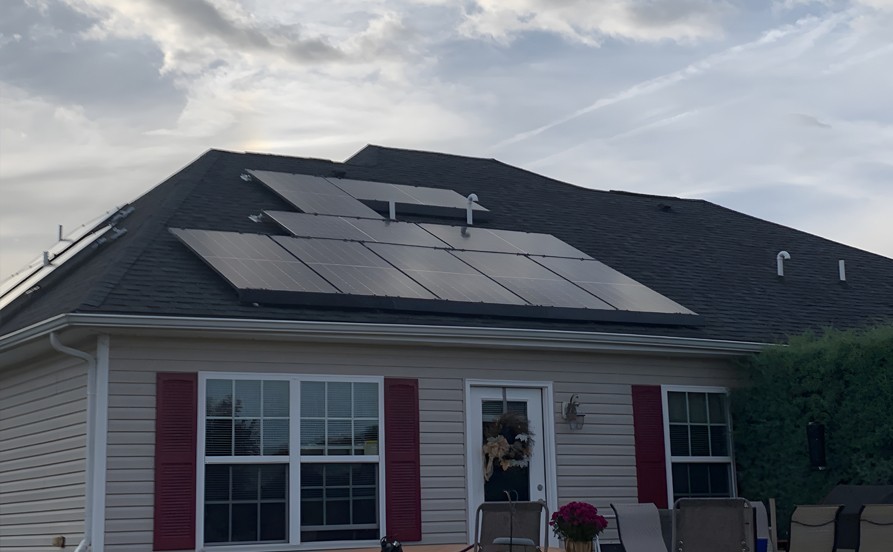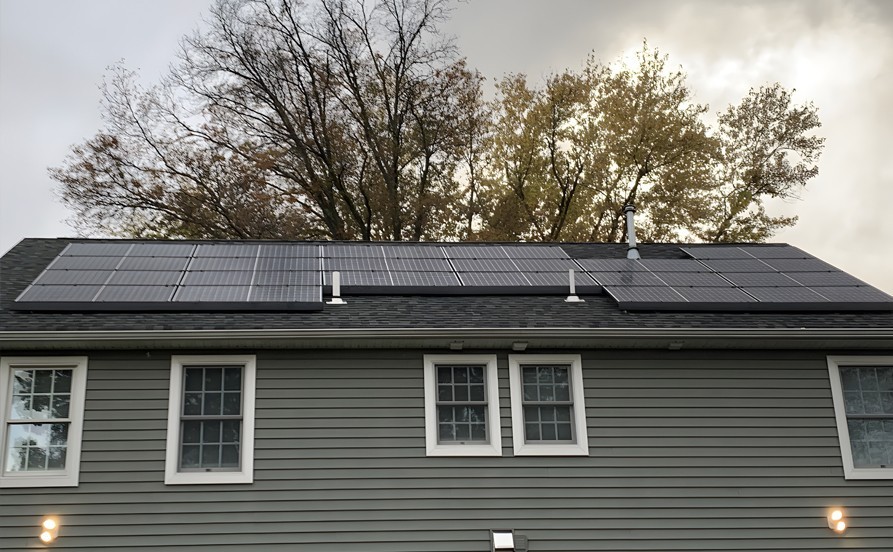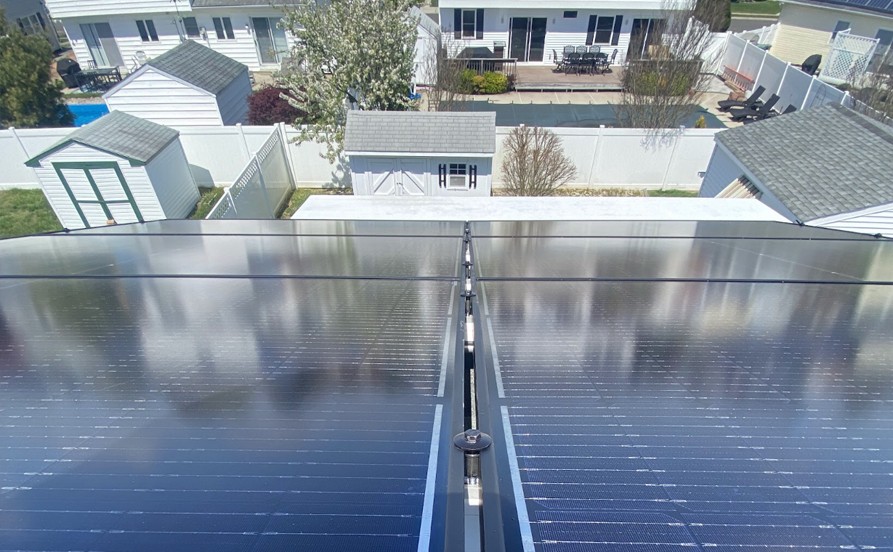What is Solar Energy and How Do Solar Panels Work?
Solar energy is the key to a cleaner, more affordable future—and with solar panels, you can power your home or business using the limitless energy of the sun!
Every day, the sun sends an incredible amount of energy to Earth. In fact, in just one hour, enough sunlight reaches our planet to power the entire world for a year! Solar panels capture this energy using photovoltaic (PV) cells, converting sunlight into electricity you can use to run your appliances, lights, and more.
Solar power is more affordable than ever. As technology advances and costs decrease, more homeowners and businesses are making the switch to solar. According to the International Energy Agency, solar is now the world’s fastest-growing source of power, outpacing all other energy sources.
By going solar, you can reduce your energy bills, increase your property value, and help create a greener future. Ready to harness the power of the sun? Contact us today to learn how you can make the switch to clean, renewable energy!

How Do Solar Panels Work?
When photons hit a solar cell, they knock electrons loose from their atoms. If conductors are attached to the positive and negative sides of a cell, it forms an electrical circuit. When electrons flow through such a circuit, they generate electricity. Multiple cells make up a solar panel, and multiple panels (modules) can be wired together to form a solar array. The more panels you can deploy, the more energy you can expect to generate.
What are South Jersey Solar Panels Made of?
Photovoltaic (PV) solar panels are made up of many solar cells. Solar cells are made of silicon, like semiconductors. They are constructed with a positive layer and a negative layer, which together create an electric field, just like in a battery.
How Do Solar Panels Generate Solar Energy?
PV South Jersey solar panels generate direct current (DC) electricity. With DC electricity, electrons flow in one direction around a circuit. This example shows a battery powering a light bulb. The electrons move from the negative side of the battery, through the lamp, and return to the positive side of the battery.
With AC (alternating current) electricity, electrons are pushed and pulled, periodically reversing direction, much like the cylinder of a car’s engine. Generators create AC electricity when a coil of wire is spun next to a magnet. Many different energy sources can “turn the handle” of this generator, such as gas or diesel fuel, hydroelectricity, nuclear, coal, wind, or solar.
AC electricity was chosen for the U.S. electrical power grid, primarily because it is less expensive to transmit over long distances. However, solar panels create DC electricity. How do we get DC electricity into the AC grid? We use an inverter.

What Does a Solar Inverter Do?
A solar inverter takes the DC electricity from the solar array and uses that solar energy to create AC electricity. Inverters are like the brains of the system. Along with inverting DC to AC power, they also provide ground fault protection and system stats, including voltage and current on AC and DC circuits, production of solar energy in South Jersey and maximum power point tracking.
Central inverters have dominated the solar industry since the beginning. The introduction of micro-inverters is one of the biggest technology shifts in the PV industry. Micro-inverters optimize for each individual solar panel, not for an entire solar system, as central inverters do. This enables every solar panel to perform at maximum potential. When a central inverter is used, having a problem on one solar panel (maybe it’s in the shade or has gotten dirty) can drag down the performance of the entire solar array. Micro-inverters, such as the ones in SunPower’s Equinox home solar system, make this a non-issue for solar energy. If one solar panel has an issue, the rest of the solar array still performs efficiently.
How Does a Solar Panel System Work?
Here’s an example of how a home solar energy installation works. First, sunlight hits a solar panel on the roof. The panels convert the energy to DC current, which flows to an inverter. The inverter converts the electricity from DC to AC, which you can then use to power your home. It’s beautifully simple and clean, and it’s getting more efficient and affordable all the time.
However, what happens if you’re not home to use the electricity your solar panels are generating every sunny day? And what happens at night when your solar system is not generating power in real time? Don’t worry, you still benefit through a system called “net metering.”
A typical grid-tied PV system, during peak daylight hours, frequently produces more energy than one customer needs, so that excess energy is fed back into the grid for use elsewhere.

The customer gets credit for the excess energy produced, and can use that credit to draw from the conventional grid at night or on cloudy days. A net meter records the energy sent compared to the energy received from the grid. Find out more about net metering here.
